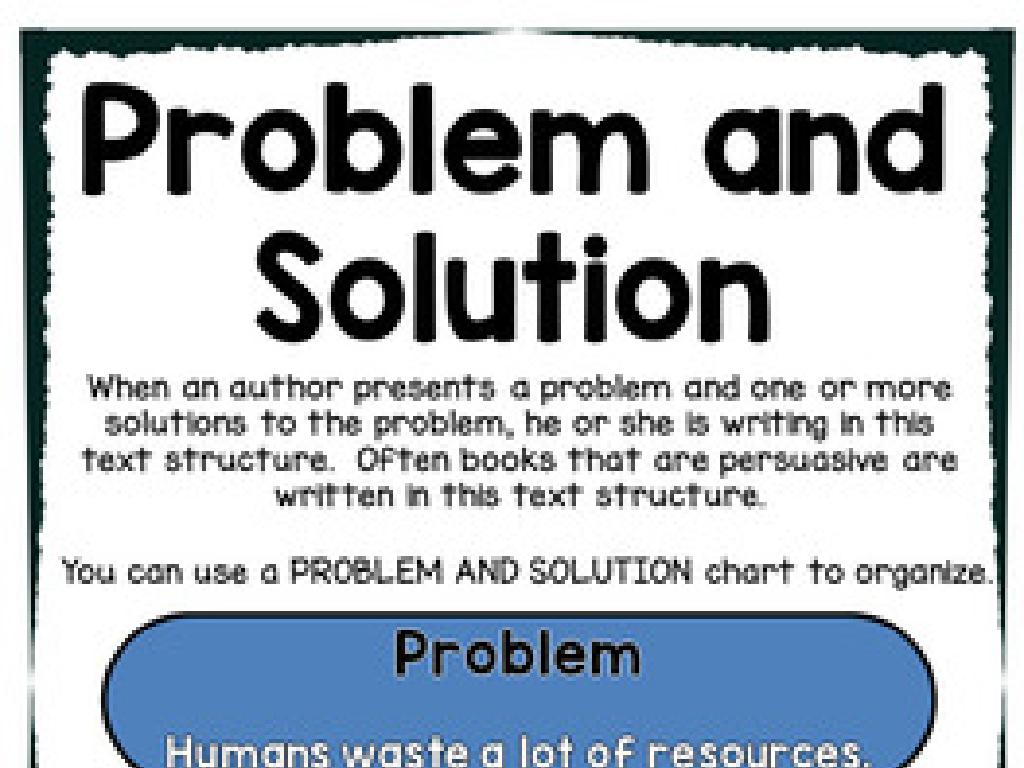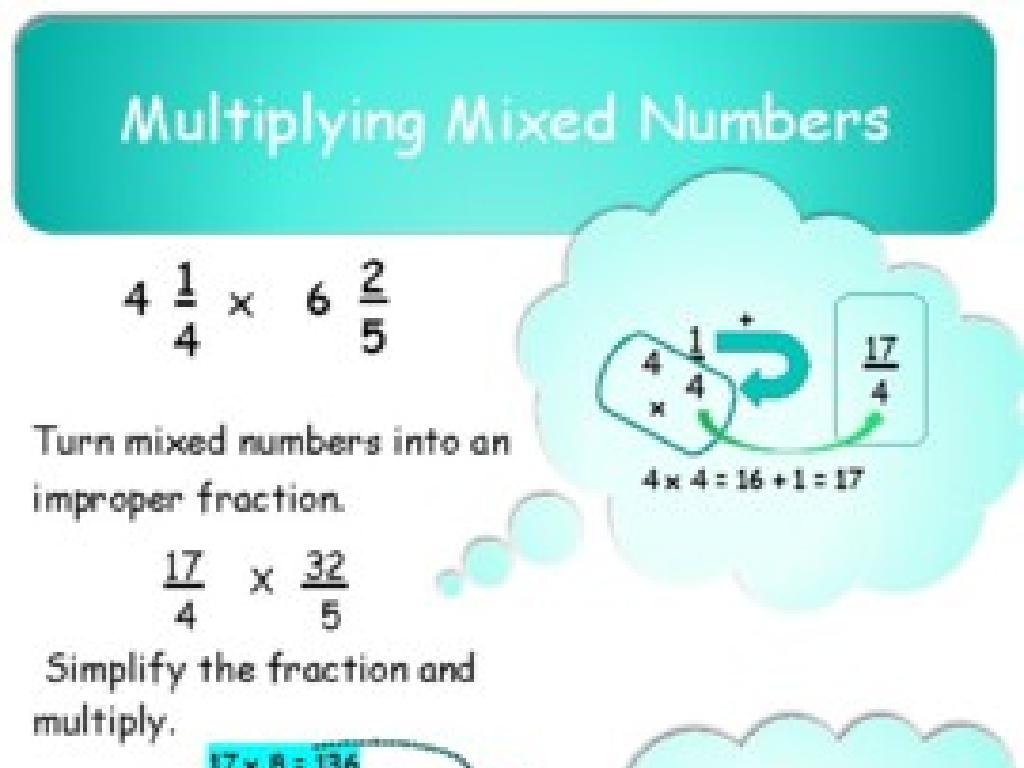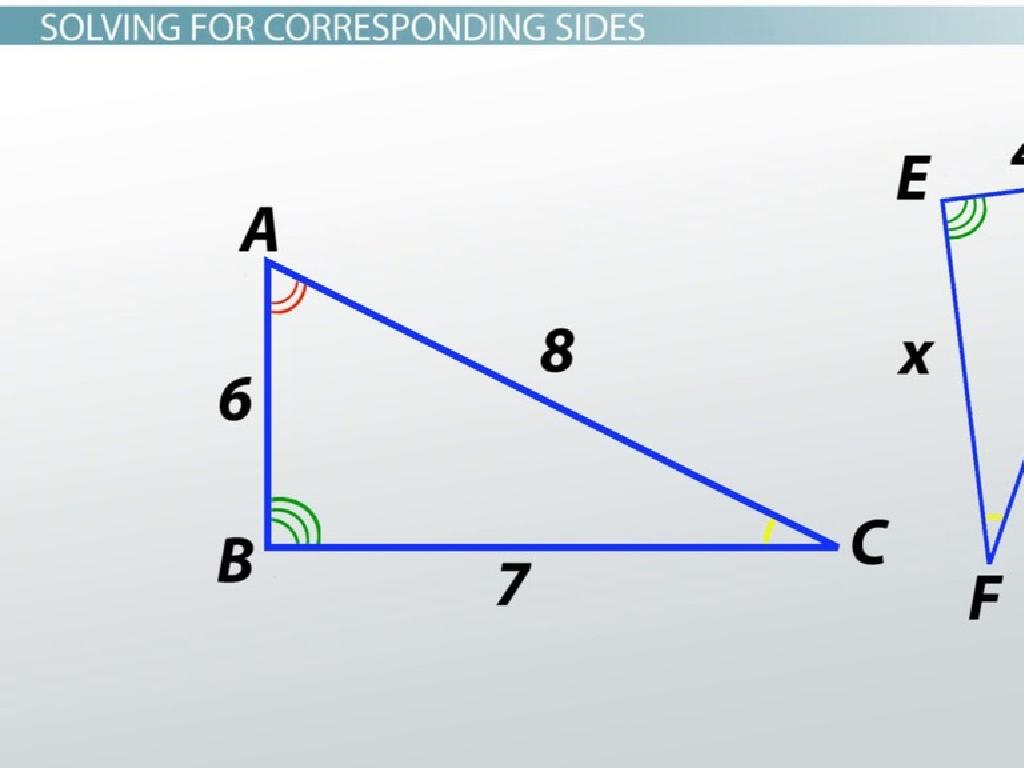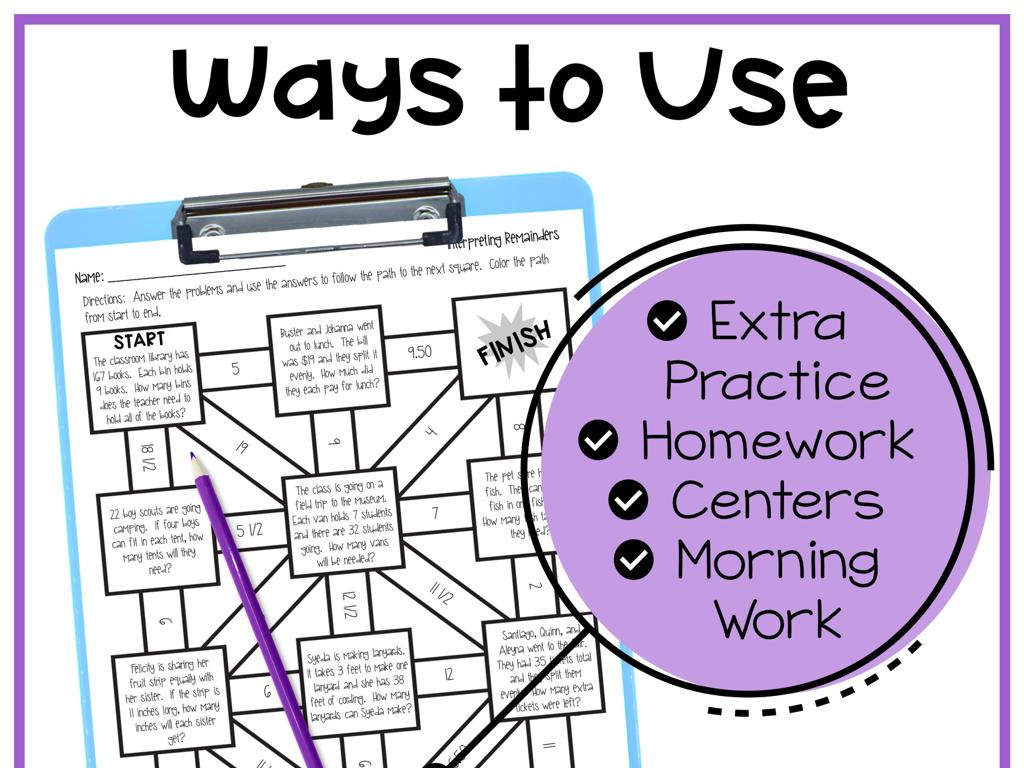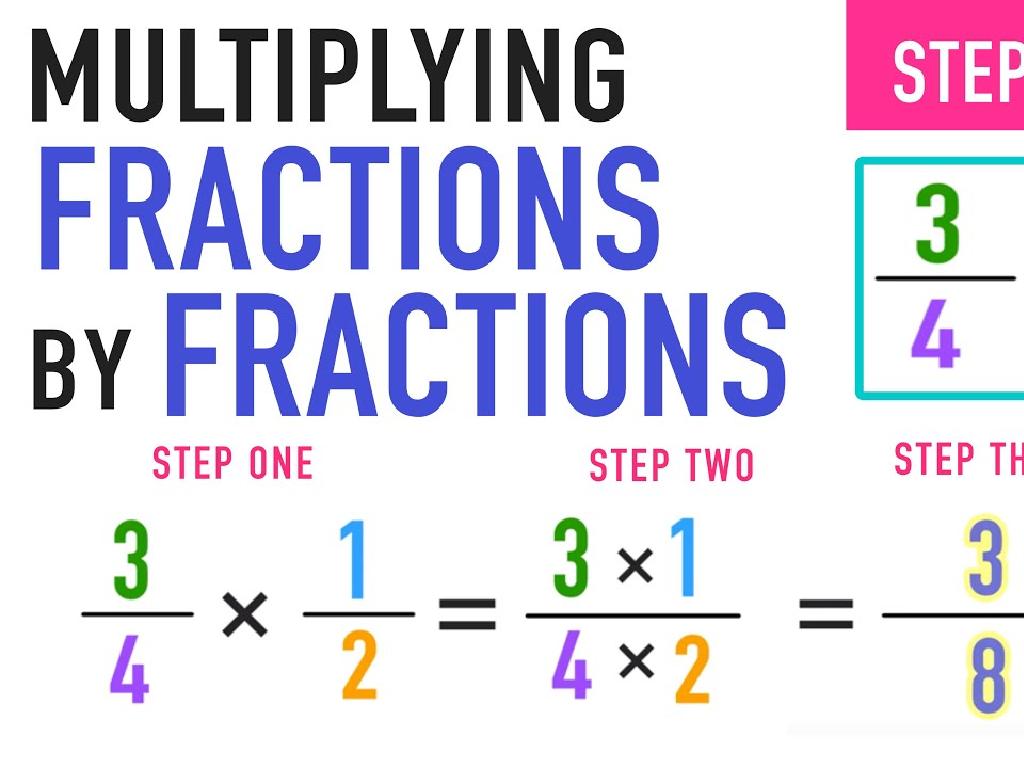Match Digital Clocks And Times
Subject: Math
Grade: Second grade
Topic: Time
Please LOG IN to download the presentation. Access is available to registered users only.
View More Content
Introduction to Time: Reading Digital Clocks
– What is time?
Time is how we measure moments.
– Ways to tell time
Using clocks and watches.
– Focus on digital clocks
Learn to read hours and minutes.
– Why time matters
|
Begin the lesson by discussing the concept of time and its significance in daily life, such as knowing when to go to school or when it’s lunchtime. Introduce the different tools we use to measure time, like clocks and watches, and explain that today’s lesson will concentrate on understanding how to read digital clocks. Emphasize the importance of being able to tell time accurately and how it helps us manage our day. Use examples of digital clocks displaying different times and ask students to read them aloud. Encourage questions and provide clear explanations to ensure comprehension.
Understanding Digital Clocks
– What is a digital clock?
– Shows time using numbers, like 3:00 for 3 o’clock
– Reading hours and minutes
– The first number is the hour, and the two after the colon are minutes
– Digital clocks in daily life
– Clocks on microwaves, phones, and computers
– Practice telling time
|
This slide introduces students to digital clocks and how to read them. Start by explaining that unlike analog clocks with hands, digital clocks show time with numbers. Teach them that the number before the colon represents the hour and the numbers after the colon represent the minutes. Provide relatable examples such as the digital clock on a microwave, a cell phone, or a computer. Conclude with an interactive activity where students practice converting times they encounter throughout their day from analog to digital format, reinforcing their understanding of how to read digital clocks.
Matching Time: Digital Clocks and Daily Activities
– Match digital times to activities
– Relate times like 7:00 AM to breakfast
– Learn AM and PM meanings
– AM is morning, PM is after school
– Practice with pictures of activities
– Match 3:00 PM to an afternoon snack
– Recognize time in daily routine
– See how time organizes our day
|
This slide is aimed at helping second-grade students understand the concept of time by matching digital times to common daily activities. Begin by explaining that digital clocks show time with numbers and that we can relate these times to things we do every day. Introduce the concept of AM and PM, explaining that AM times are in the morning and PM times are in the afternoon and evening. Use pictures of daily activities to create a matching exercise where students can connect the digital time to the correct activity, such as eating lunch at 12:00 PM or reading a book at 7:00 PM. This practical application helps students to recognize and understand time as an integral part of their daily routine. Encourage students to share their own daily activities and what time they do them to reinforce the concept.
Telling Time: Whole and Half Hours
– Recognizing whole hours on clocks
– A whole hour: numbers like 1:00, 2:00, etc.
– Identifying half hours on clocks
– A half hour: times such as 1:30, 2:30, etc.
– Matching times with daily activities
– Breakfast at 7:00, lunch at 12:30
|
This slide is aimed at helping second-grade students understand how to read whole and half hours on digital clocks. Start by explaining that a whole hour will always end in :00, which means that the minute hand is on the 12. Then, show that a half hour is indicated by :30, meaning the minute hand is on the 6. Use relatable daily routines to help students connect these times to their everyday lives, such as waking up, meal times, or school start and end times. Encourage students to practice by asking them to match specific whole and half hours with activities they do at those times. This will help reinforce their understanding of time in a practical context.
Reading and Matching Times
– Read times to nearest 5 minutes
– Look at the short and long hands and say the time
– Match digital to analog clocks
– Compare the numbers on a digital clock with the hands on an analog clock
– Group activity with clocks
– Work together to set your clocks to the same times
|
This slide introduces students to the concepts of reading analog clocks to the nearest five minutes and matching these times to digital clocks. Begin by explaining how to read the minute and hour hands on an analog clock. Then, demonstrate how to translate that time to a digital format. For the group activity, provide each student with a toy clock or a paper clock with movable hands. Assign different times to small groups and have them adjust their clocks accordingly. Encourage students to help each other and confirm if their peers have the correct time. Possible variations of the activity could include matching times in a worksheet, playing a time matching game, or using an interactive whiteboard to simulate clock hands movement.
Class Activity: Time Matching Game
– Engage in a time matching game
– Match digital clock cards
– Each card shows a different time
– Collaborate with a classmate
– Work in pairs to encourage teamwork
– Aim to find the most matches
– Keep track of the pairs you match correctly
|
This interactive class activity is designed to help second-grade students practice telling time using digital clocks. Provide each pair of students with a set of digital clock cards and corresponding time cards. Students will work together to match each digital clock card to the correct written time. This activity encourages collaboration and reinforces the concept of reading digital clocks. To extend the activity, consider offering a small reward for the pair with the most correct matches. Additionally, you can differentiate the activity by including a mix of times to the hour, half-hour, and quarter-hour to challenge students at different levels.
Wrapping Up: Digital Clocks & Looking Ahead
– Recap: Reading digital clocks
– Homework: Illustrate your day
– Draw activities you do & match with digital times
– Include digital times in your drawing
– Show what time each activity starts and ends
– Next Lesson: Analog Clocks
|
As we conclude today’s lesson, remind students why being able to read digital clocks is essential it helps us keep track of time throughout the day. For homework, students should draw a timeline of their daily activities and label the start and end times using digital clocks. This will reinforce their understanding of reading and matching times. In the next lesson, we’ll explore analog clocks, which will build on their time-telling skills. Encourage creativity with their drawings and ensure they understand the homework instructions clearly.

